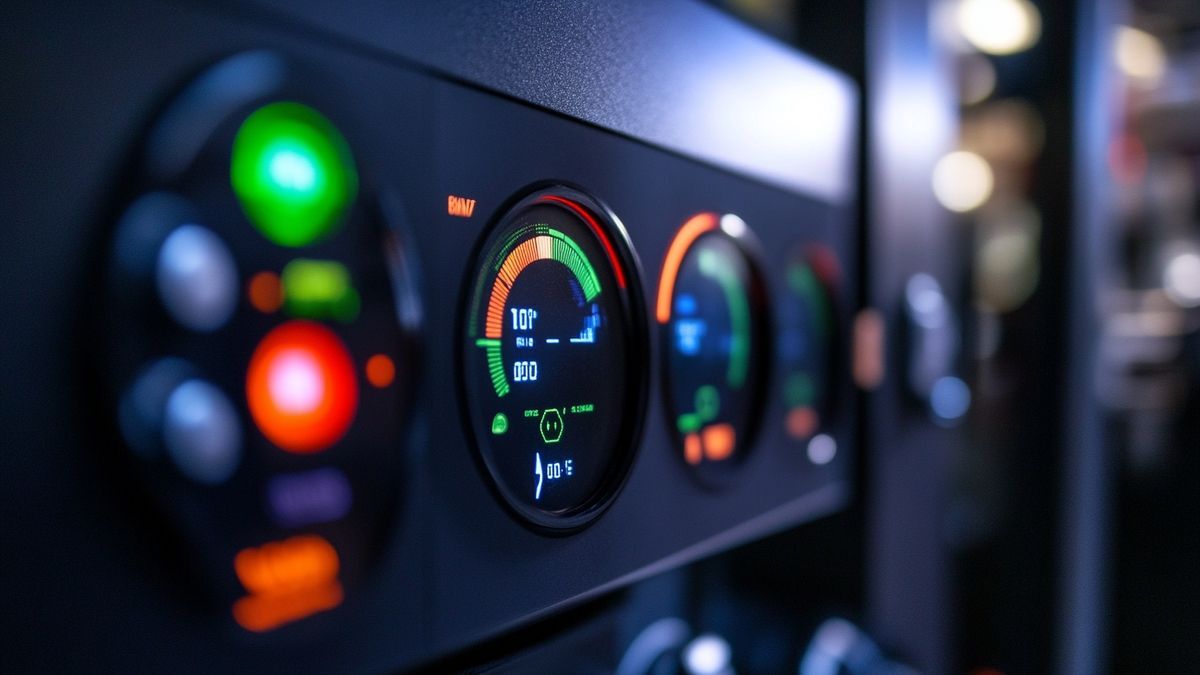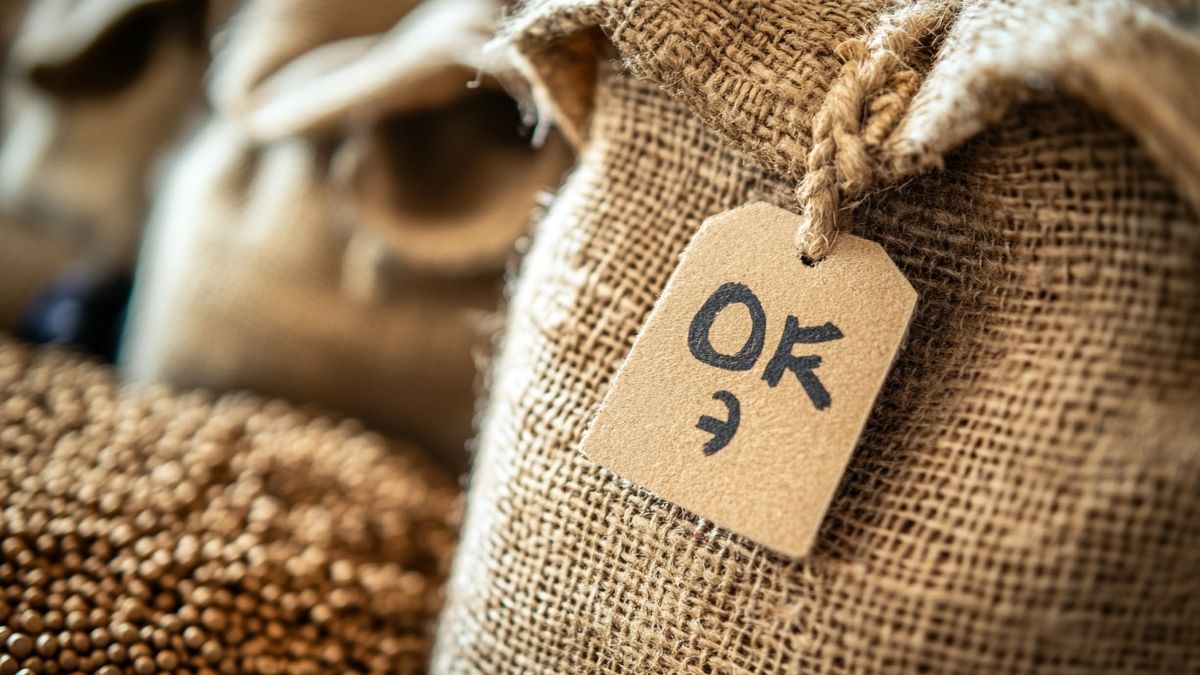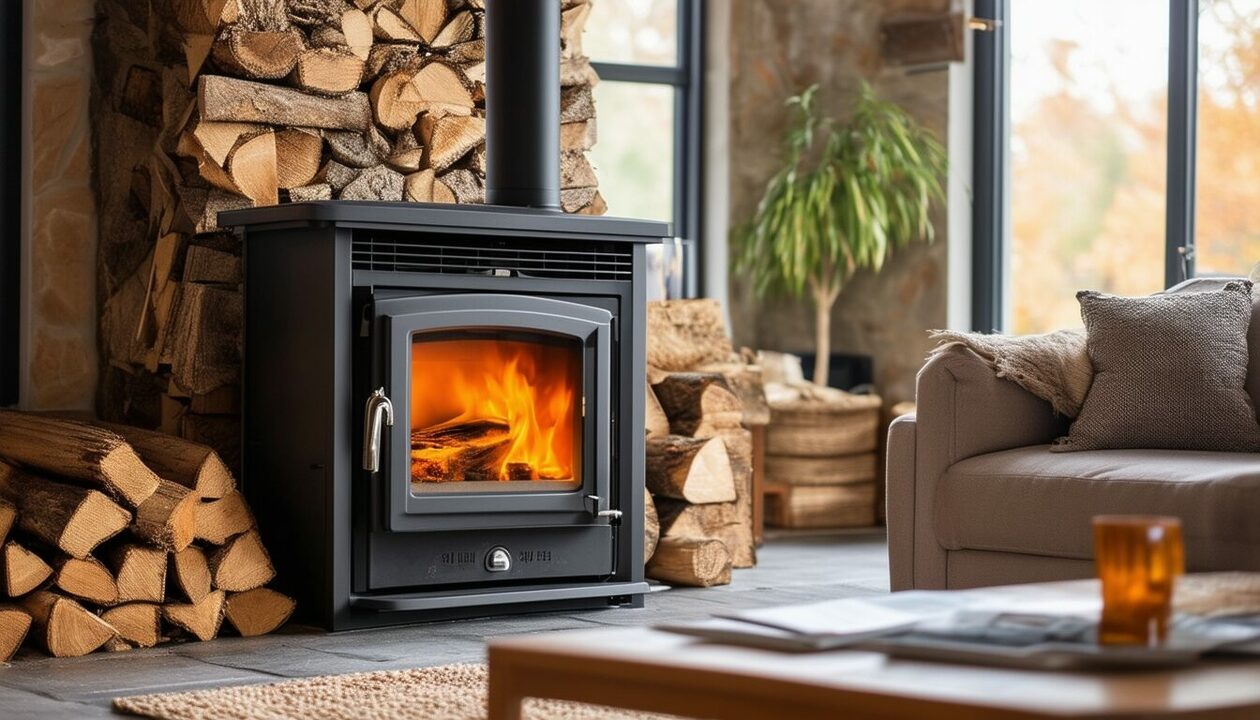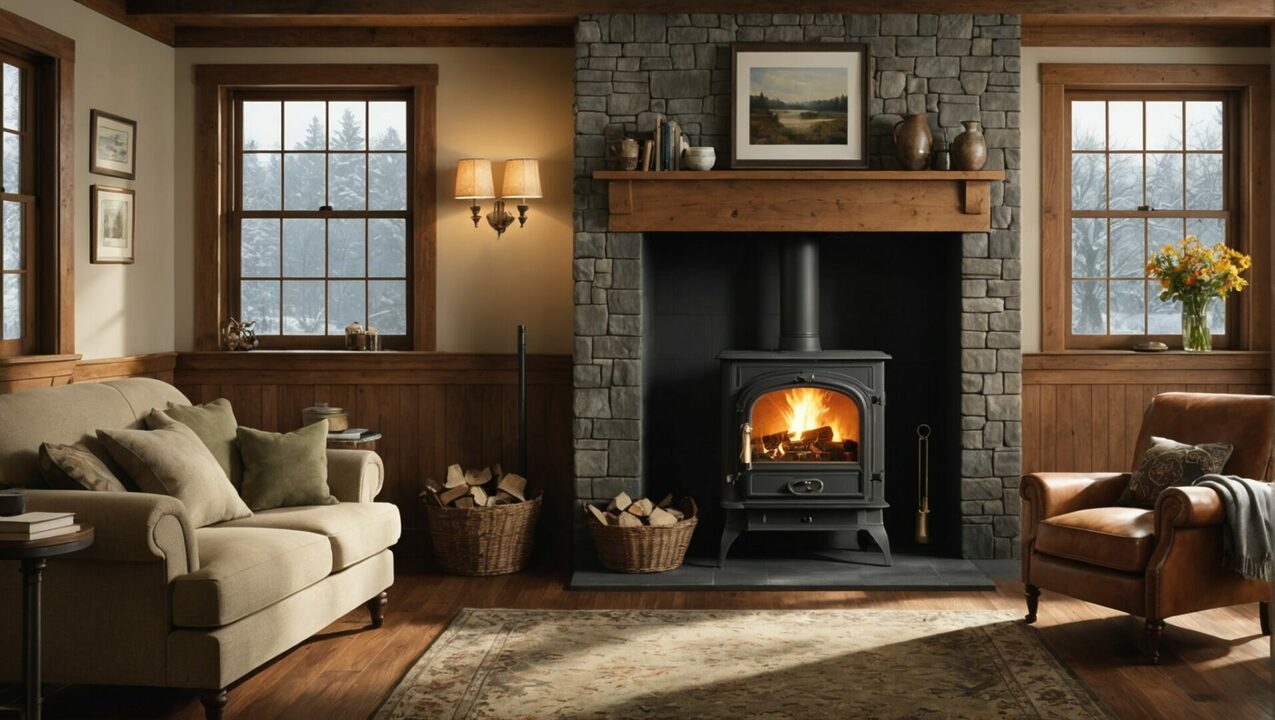Choose one pellet stove proves to be an excellent option for those who wish to combine thermal comfort and respect for the environment. But, once these devices are installed, a crucial question arises: how to optimize their consumption? This guide helps you evaluate your usage in order to refine your choices and reduce your energy costs.
Understanding how pellet stoves work
THE pellet stoves operate thanks to a precise combustion process. They burn pellets drink, which are sustainable resources derived from sawmills. This heating method is popular for its high efficiency and low carbon emissions. CO2. Unlike traditional appliances, these stoves offer an automatic power system which improves combustion and limits energy losses.
It is important to note that these devices also consume electricity for their operation. In fact, on average, a stove requires approximately 100 kWh of electricity per year, mainly for its control and ventilation systems. Makey this, it is essential to consider this additional consumption in your expense calculations.
Evaluate your pellet and electricity consumption

To control costs, it is necessary to accurately estimate your consumption annual pellets. A well-regulated stove consuming between 1 to 3 tons of pellets per year, this largely depends on the size of your home and the efficiency of its insulation. For a house of approximately 100 m², it is wise to make calculations based on your actual thermal needs.
Concerning electricity, the need for functional systems varies between 300 and 400 kWh per year. To optimize this criterion, regular maintenance and appropriate adjustment of your device are initiatives to consider.
Optimize the energy of your pellet stove
To maximize the efficiency of your stove, several actions are necessary. Regular maintenance is essential to avoid blockages in the airways, which could reduce your performance. Also favor the purchase of high quality pellets, as this has a direct impact on the performance of the device.
Another recommendation is to install a fan adapted, allowing more homogeneous air circulation and helping to limit pellet consumption. These adjustments guarantee warmth and savings, while optimizing the operation of your heating system.
Calculate actual costs and anticipate savings

To assess the profitability of your pellet stove, it is crucial to consider all aspects, including pellet cost, maintenance and electricity consumption. For example, the cost of a ton of pellets may vary depending on your location and market fluctuations. If you plan an annual consumption of 2 tonnes at a price of €300 per tonne, your total expenditure will be around €600.
Adapt your usage habits
Adjusting usage behavior is a central lever for reducing energy costs. Simply regulate the temperature of your stove between 19°C and 21°C, to avoid overheating unused parts, and to ensure good sealing of the joints to limit heat loss.
Investments in programming systems or smart thermostat can also provide finer management of your heating, while respecting your budget. By adopting these reflexes, you ensure optimal use of your pellet stove and compliance with your environmental commitments.



